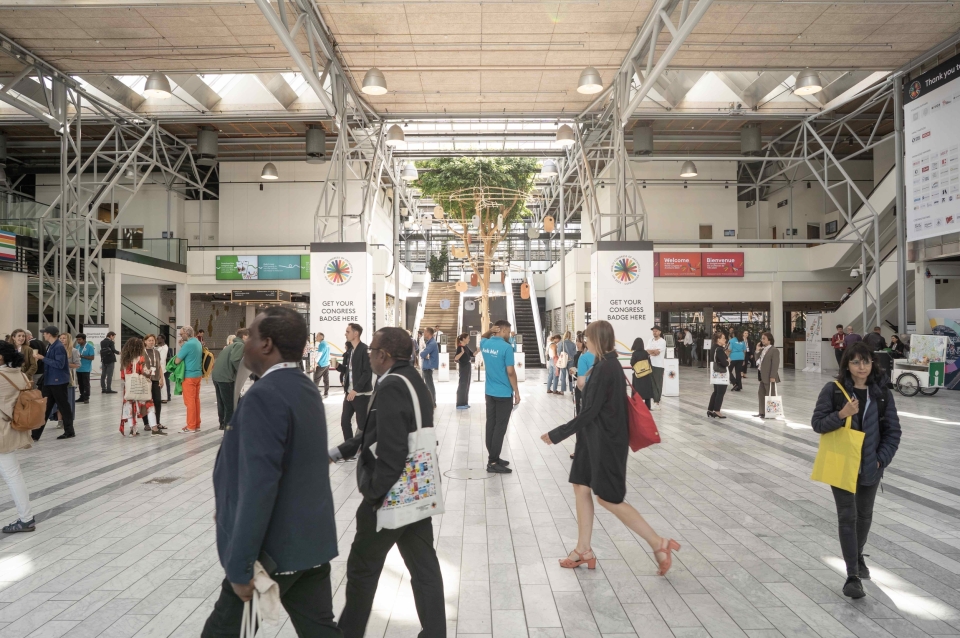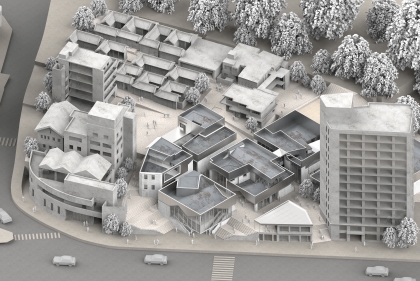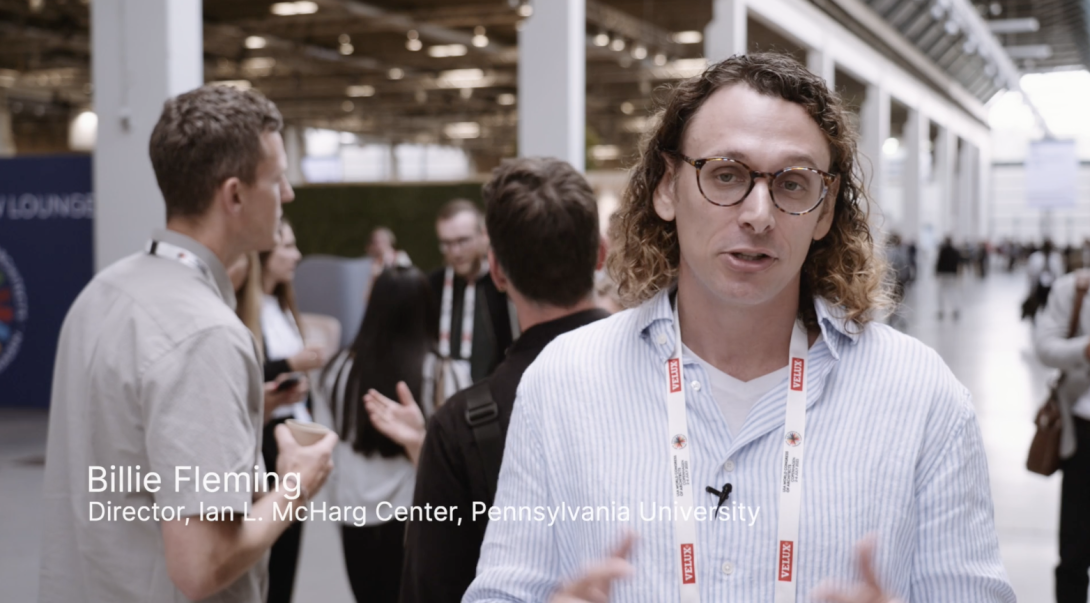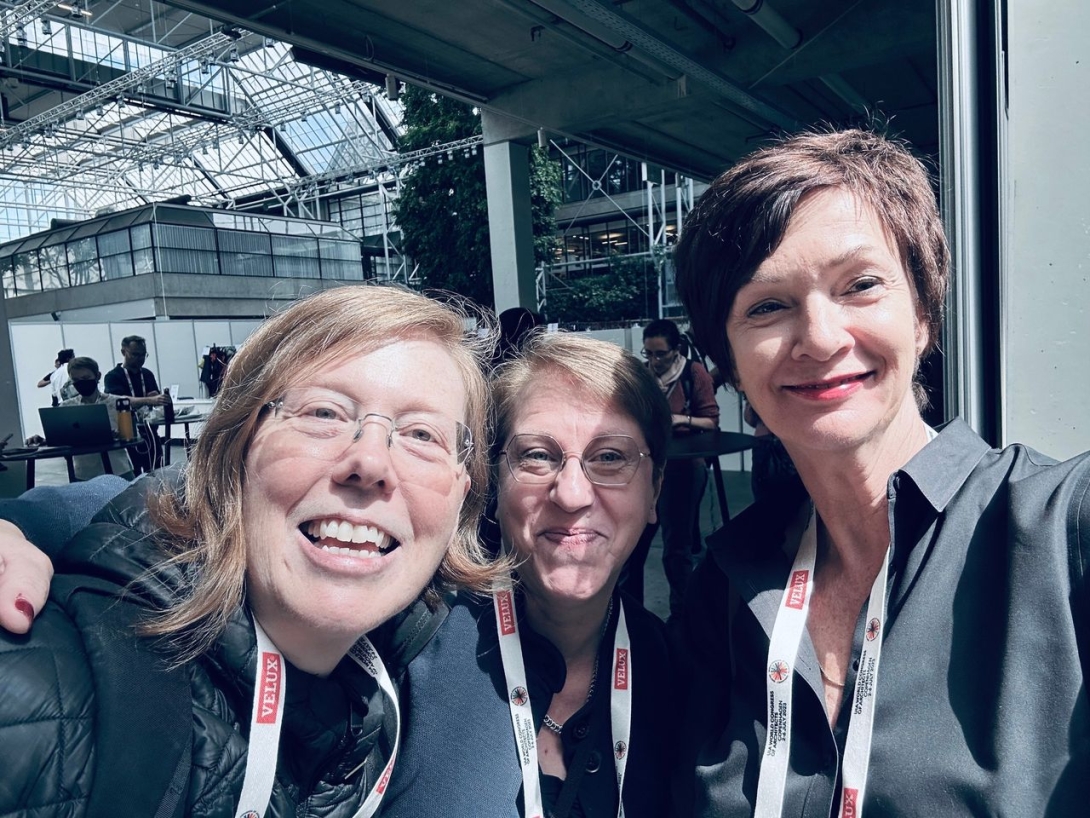August 24, 2023
Weitzman Faculty Join World Congress of Architects in Copenhagen
By Jared Brey

More than 6,000 people attended the UIA World Congress of Architects, which brought more than 150 sessions and more than 400 speakers from all over the world to the Bella Center in Copenhagen. (Photo courtesy UIA World Congress of Architects 2023)

 Expand Image
Expand Image


